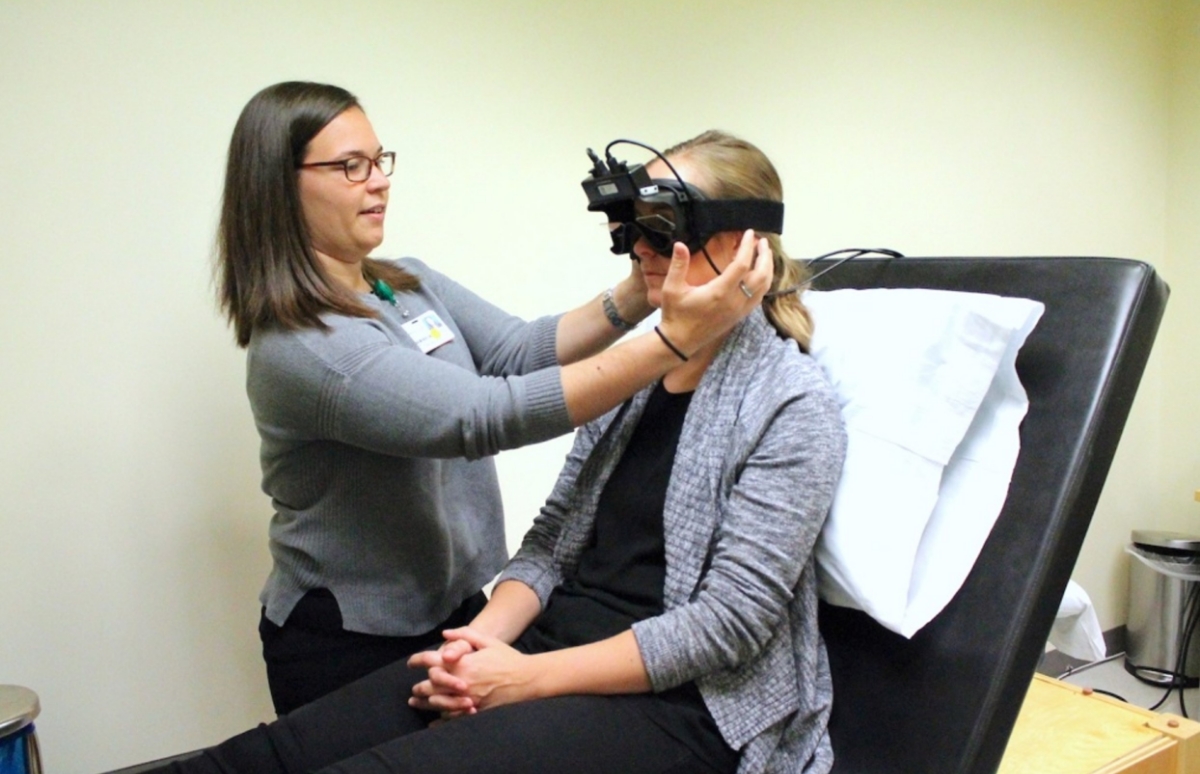Vestibular assessment
The VHIT is an instrumented bedside technique used to diagnose a reduction in vestibular function in one ear compared to the other. An examiner abruptly accelerates and then decelerates the head, moving the head in rapidly at high speed and then stopping it.
What is a vertigo test?
Vertigo causes can be barely noticeable or can be very severe, which makes your day-to-day activities unmanageable. Vertigo attacks can develop suddenly and last for a second, or they may last for much longer.


Some of the conditions associated with vertigo are
- Head or neck injury.
- Migraine.
- Prolonged bed rest.
- Ear surgery.
- Certain medications.
- Otosclerosis.
- Stroke
- Brainstem disease
Signs and symptoms, you need to consider
- Light headiness.
- Motion sickness.
- Headache.
- Tinnitus.
- Abnormal eye movement.
- Dizziness.
- Loss of balance and difficulty in walking.
- Loss of consciousness or fainting.
- Neck pain.

Vestibular Neuronitis
This condition occurs due to viral infections causing inflammation in the vestibular nerve, resulting in vestibular neuronitis.
Labyrinthitis
It is an inflammation in the vestibulocochlear nerve, which is responsible for encoding the body's position, motion, sound, and inner ear labyrinths. Inflammation is usually caused by viral infections.
Meniere’s Disease
It is the formation of fluid in the inner ear that leads to tinnitus (ringing in the ear) and hearing loss, triggering vertigo attacks.
Cholesteatoma
It is the abnormal growth of skin in the middle ear as a result of chronic infections. The accelerated growth causes ear damage, which results in hearing loss and dizziness.
BPPV
Benign paroxysmal positional vertigo occurs when calcium carbonate crystals develop in the inner ear canal. This leads the individual to lose their sense of balance. BBPV is more common in older adults and can happen for no apparent reason.
